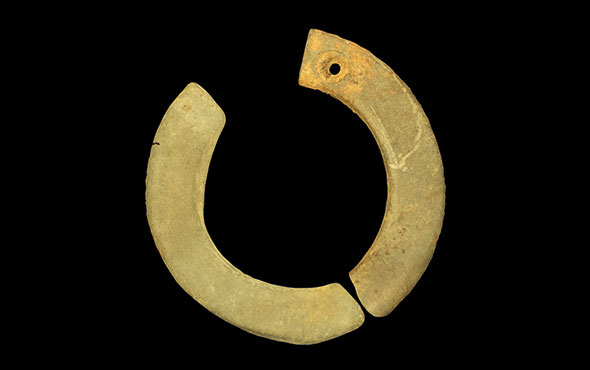
STORRS, CONNECTICUT—According to a statement released by the Public Library of Science, hunter-gatherers living at Abu Hureyra, Syria, some 12,800 to 12,300 years ago may have kept small numbers of animals near their dwellings. Alexia Smith of the University of Connecticut and her colleagues looked for dung spherulites, or tiny clumps of calcium carbonate found in animal dung, in soil samples from the site. The study suggests that these hunter-gatherers burned dung as fuel, and may have kept sheep close to home. By the Neolithic period, the residents of Abu Hureyra also used dung to prepare plaster floors for their dwellings. A drop in the levels of spherulites could indicate that animals were kept farther away from the dwellings, perhaps because the herds had grown. Read the original scholarly article about this research in PLOS ONE. To read about a study of Africa's first pastoralists, go to "Herding Genes in Africa."











